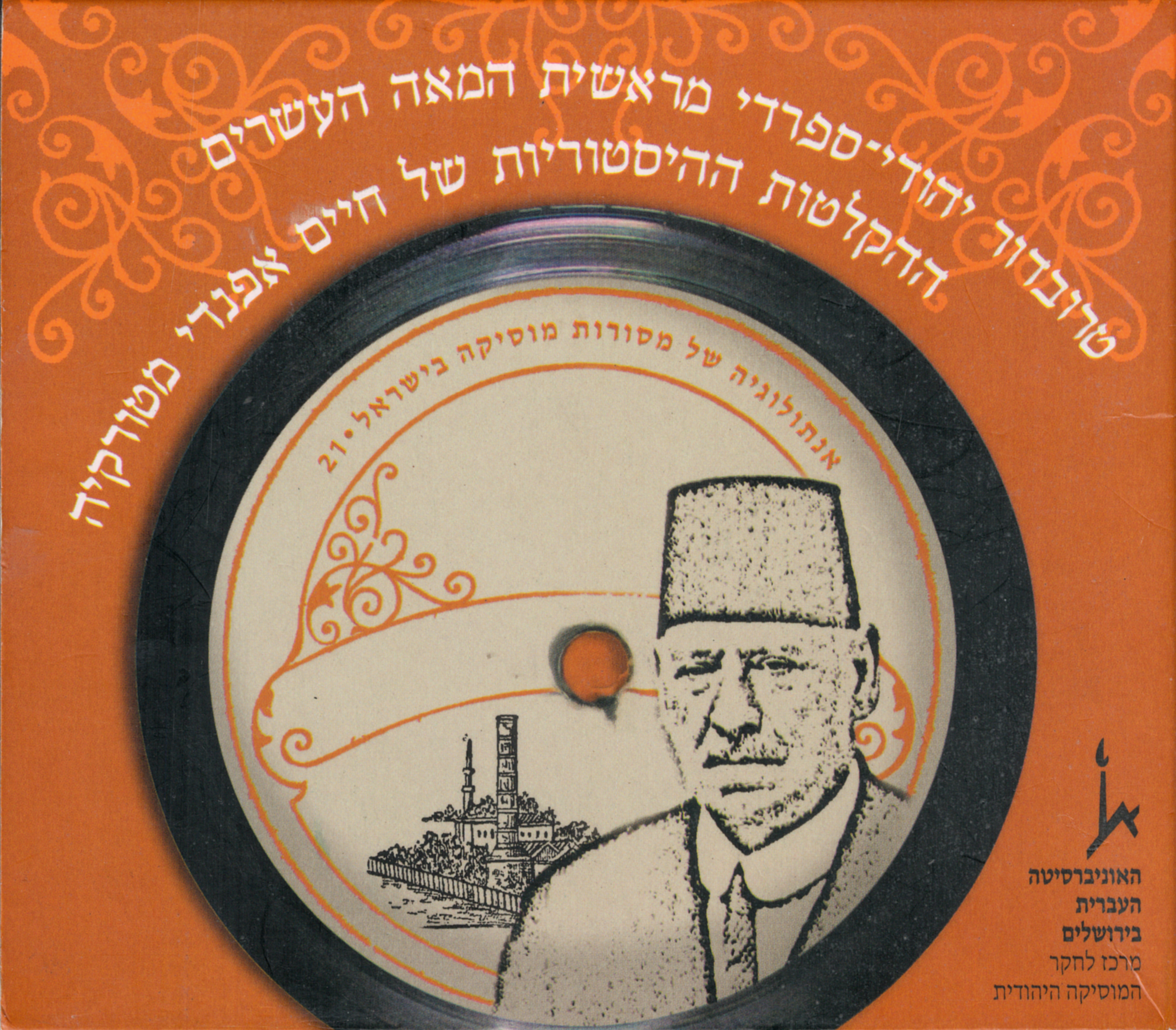The famous aqedah by Yehudah ben Shmuel abbas (d. 1167) who lived in Fez (Morocco) and in Aleppo (Syria) is one of the most remarkable medieval Hebrew poems baased on the binding of Isaac. it is sung in Sephardi communities during the Musaf service of Rosh Hashanah before the shofar service or after the opening of the Ark, depending on local custom. While this poem is usually sung by Eastern Sephardi congregations with the melody recorded by Haim, some stanzas are performed by the cantor in an elaborated manner.
Piyyutim for the High Holidays
From the upcoming release of JMRC's-Anthology of Musical Traditions in Israel: The Historical Recordings of Haim Effendi of Turkey
In spite of his unparalleled fame as a singer and musician during his lifetime, very few details about the life of Haim Effendi have reached us. Born Haim Behar Menahem, Haim Effendi was born in Edirne (formerly Adrianople in Western Thrace, today Turkey) in 1853. He spent most of his life in his city of birth although he toured extensively. From 1925 to 1935/6 he lived in Alexandria, Egypt. He passed away in Cairo in 1938.
Haim was a quintessential Sephardi singer of his period, a critical era of deep social and cultural transition in the history of the Judeo-Spanish speaking Jews. The old traditional Ottoman Jewish community ruled by rabbinical authority was shattered by modernizing trends characterized by an exposure to Western culture (most particularly French), to liberal trends in Judaism (especially to Jewish nationalism or Zionism) and to subversive political ideologies within the Ottoman Empire. Haim was educated in one of the most important centers of Sephardi religious music, Edirne, where a local Jewish choir called Maftirim performed its ancient repertoire of Ottoman Hebrew music on Sabbath mornings and afternoons at the synagogue called Portugal.
But Haim was not a full-time cantor who recorded some songs in Ladino. He moved into what we may today call the “entertainment industry”, appearing in public venues in various cities where large Sephardi communities existed.
Sound Examples
A selihah by Yehudah Halevy. It is sometimes printed in Sephardi prayer books as reshut to Qaddish in the Yom Kippur Minhah service or as a pizmon for singing between Musaf and Minhah of Yom Kippur. The opening unit consists of four verses and the stanzas of six verses; each verse consists of three sections of three, three and six syllables respectively. This traditional melody in makam U'ak is widespread among Sephardi cantors who use it for singing other liturgical texts. The melody consists of two musical phrases repeated according to the aaba scheme. Phrase b rises to the high register of the makam, returning to the lower register and to the finalis (endingtone)toward the end of the melody – a melodic progression that characterizes makam U'ak.




